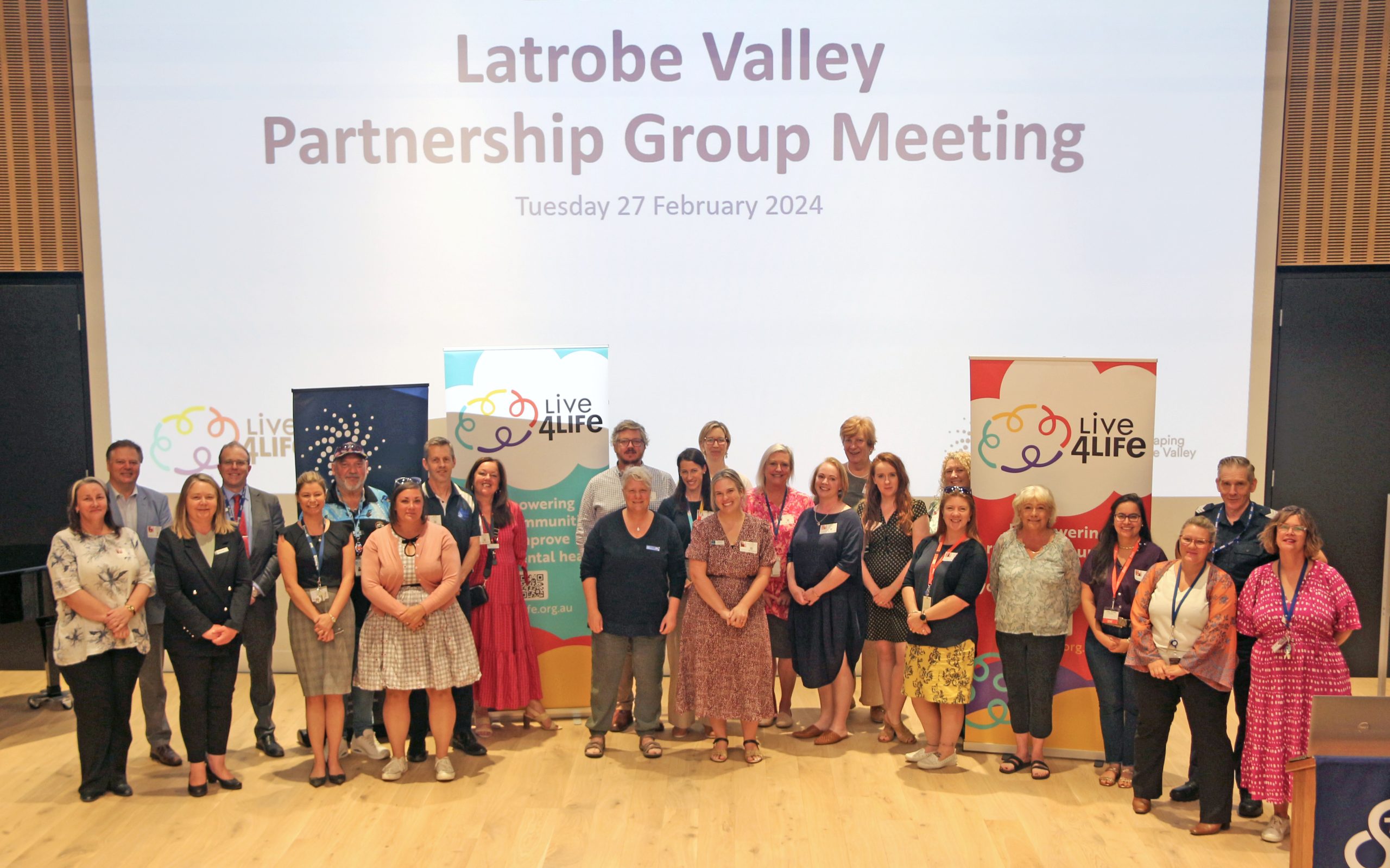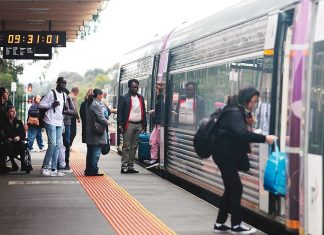By AIDAN KNIGHT
AFTER being excluded from state government funding in the 2025/26 budget, the Latrobe Health Assembly (LHA) has received a new lease on life.
The organisation, born from the ashes of the Hazelwood Mine Fire Inquiry, will rise like a phoenix thanks to a passionate community campaign that prevents its seemingly unavoidable closure.
Assembly chair, Tanya Rong, said it felt like the end of an era when the defunding announcement came through in May this year.
“But our community simply refused to give up. The people of the Latrobe Valley stood up and said, ‘we still need this’. The work isn’t done here.
“We began the difficult process of ending a suite of powerful community-designed projects and preparing for a November closure.
“But because of the passion and persistence of our community, we now have a lifeline, a chance to keep going, to evolve, and to continue doing what we do best: bringing people together to make positive change.”
This lifeline came in the form of the strong public advocacy and regional support, from community and LHA members, leading to the Department of Health advising the state government to reinstate the Assembly, on a leaner portion of its previous budget. This will enable the organisation to soldier on, albeit not as strongly as it previously was, but long enough to transition towards a “community-owned” model of the independent body, to ensure that these important programs prevail in the wake of any further funding cuts.
“The loss of previous projects will leave a lasting impact on our community,” Ms Rong said of the LHA’s losses from the ordeal.
“However, the new Assembly will work tirelessly to maintain the same impact it has had for the past eight years. We’ll keep co-designing, collaborating and creating real, local solutions, and we’ll keep fighting for the health and wellbeing of every person in the Latrobe Valley.”
Not long after the defunding announcement, Health Minister Mary-Anne Thomas went on record to say the LHA’s works were “complete” – something executive officer Ellen-Jane Browne and the rest of the Assembly dispute vehemently.
“Our work isn’t done,” she told the Express in an exclusive interview last week.
“Changing health inequality takes time, you can’t just snap your fingers and cure chronic illnesses in any community, let alone one of the most disadvantaged in Victoria”.
Ms Browne elaborated that the permitted amount from the cash reserve was around 10 per cent of the previous budget, and will be utilised purely to keep the organisation afloat for the next 12 months while community and philanthropic efforts are made amid the transition to secure a longer future for the LHA. Ms Thomas is confident that the community-led model will be a good one and achievable at that.
“What the opportunity here is for community to take total control of the assembly and for them to kind of say, ‘how do we influence government as a community member?’,” she said.
Ms Rong will stay on as interim chair of the LHA until the end of January 2026, as the Assembly takes time to assemble a new board, and all paid positions are made redundant, of which Ms Browne said totalled 18 employees.
Going forward, the Assembly will be comprised of volunteers on each and every angle, and as such will now be able to act as a registered charity – making room for tax benefits that may entice said philanthropists and businesses to consider funding or donating to the new brand of LHA. Any money not used from this 10 per cent allocation by the end of 2026 must be returned back to the state government.
Alongside job cuts, the LHA was forced to defund 30 of its long-term projects as a direct result of the state budget, which Ms Browne described as “quite brutal”.
Among those projects were some standout initiatives such as:
-The WES cafe;
-The People’s Kitchen;
-Early Childhood Development;
-Chronic disease programs, and;
-Sport and physical activity strategies.
It now falls to places like Latrobe Community Health, Regional Health, and the Gippsland Primary Health network to pick up as much slack as they can to continue certain aspects of those initiatives.
So while it is starting from the ground up once again, the Health Assembly enters its next chapter with a renewed sense of purpose – smaller in size, but stronger in spirit – determined to keep the Latrobe Valley’s voice at the centre of its own health and wellbeing future.
The Assembly held it’s first meeting on December 19, 2016, totalling 40 people from the public, Latrobe Regional Hospital, Latrobe Community Health Service, Latrobe City Council, and the Victorian Health Department, to represent a region that felt it “hadn’t been heard” after the debilitating effects of the Mine Fire in 2014 – and has been striving for the best health outcomes for the region ever since.
The Assembly will now seek funding opportunities through philanthropy, grants, and partnerships with councils and community groups, and will share details soon on how residents and organisations can take part in ensuring the LHA lives on past 2026.
Residents can stay up to date or get involved by joining as a Friend of the Assembly at: www.healthassembly.org.au/share/join











